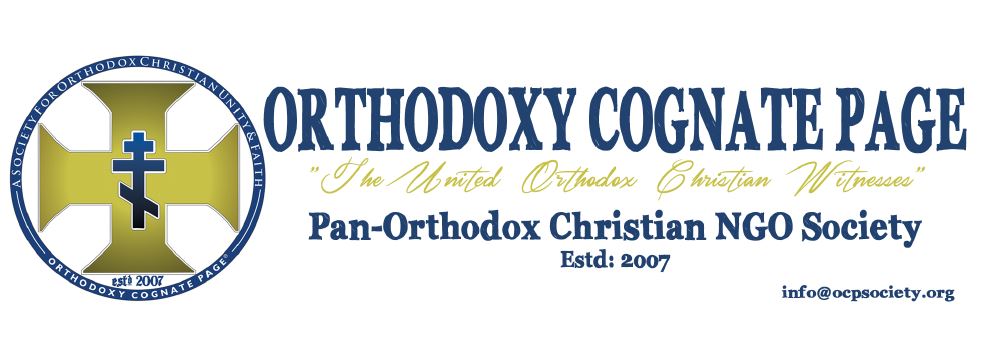Bethlehem and beyond: Tracing the life of Jesus
9/11/2011
FLOWER MOUND, TX, November 7, 2011 — The Holy Land has preserved churches and monuments that memorialize events in the life of Jesus. The truth is that we cannot be absolutely certain of the identity of these places. Tradition, Scripture, and reason are guides to indicate potential sites. For Christians the “holy sites” are not places to be worshipped, but an aid to understanding the events and teachings of the Bible.
Characters in the original scenes did not leave a pillar or stone to designate the location of an event. They were too busy with the cares of daily life. Nevertheless, knowledge of the background of Scripture is important to the interpretation of the events and instructions mentioned in the Bible.
Just how are the biblical locations identified with any degree of certainty when they were lost so long ago? Can tourists to the Holy Land be assured they are visiting real, identifiable sites or are they imaginary unsubstantiated locations used to satisfy a spiritual pilgrimage?
There are various avenues of research that can be used to identify traditional sites:
1) Literary sources, such as Josephus (1st century Jewish historian) and the church fathers often record distances from one location to another. These are invaluable for discovery. They may also remark how something is near a place previously identified.
2) Toponomy (study of place names) is often preserved in modern Arabic or Hebrew names.
3) Archaeology and geography are apt to paint a picture that match the biblical account.
4) Tradition, while it may be flawed, can be quite reliable. Sites became “holy” very early because eyewitnesses remembered traumatic events and where they took place.
The place of Jesus’ birth is clearly identified in the New Testament. It is a small village called Bethlehem, the city of David (Matthew 2:1, Luke 2:4-7, and I Samuel 20:6) Can ancient Bethlehem be identified with modern Bethlehem?
An impressive church built over the traditionally celebrated birthplace of Jesus, marks one of the holiest locations in Christianity. Early tradition identifies a cave in Bethlehem as the birthplace of Jesus. Both Justin Martyr and Origen (3rd century) acknowledged this spot as the place remembered to be the birthplace.
Over this same spot the Roman Emperor Constantine built a church in A.D. 327. Today, the original floor of Constantine’s church is preserved beneath the current floor in the entryway of the church. The emperor Hadrian (135), in an attempt to eradicate the memory of Christianity, planted a grove of olive trees dedicated to the god Adonis, lover of Venus, and established a worship center. This act demonstrates the site was remembered, even before Hadrian, and guaranteed the lasting memory of Jesus whom he so wanted to foil.
It was in this very area that Jerome, in the fourth century, worked on his famous translation of the Bible known as the Latin Vulgate. The Vulgate became the only Bible translation used by English speaking Christians for nearly 1000 years.
The deterioration of the church led Emperor Justinian to renovate the building in the sixth century. In fact, the church had to be razed and a new one built. This is the same church visited today. The present structure even survived the Persian invasion (AD 614), because they saw a mosaic depicting the magi as Persians. Impressed by the symbolism, they did not destroy the Bethlehem church and many other churches throughout the land were spared as well.
The conquering Crusaders came in 1099 and added a monastery on the north side while fortifying the compound. On Christmas Day in 1100, Baldwin’s coronation as the first king of Jerusalem took place in Bethlehem by the Byzantine (Greek Orthodox) Patriarch.
Over the years, control of the church and its functions was a tug-of-war between the Roman Catholics and the Greek Orthodox. Today, guards are on duty to prevent violence. Fires in 1834 and 1869 added to the deterioration and under the British mandate repairs were made to help preserve this holy site. Recent conflicts between Jews and Arabs took place in the church and some damage occurred. Today the Greek Orthodox, the Armenians, and the Franciscans (Catholics) share in caring for the Church of the Nativity.
Jesus’ birth changed world history in a way no one else ever has. Galatians 4:4 tells us “When the time had fully come, God sent his Son, born of a woman, born under law…” Jesus birth brought an end to the so-called “400 silent years.” They were silent only in the sense that God gave no written revelation, but He certainly was at work preparing for the Messiah.
The Old Testament ends with the Persians in power and the New Testament begins with Rome governing the land. In between these ruling powers, the political struggles of the Jews shaped the landscape of the Holy Land in a way that affects the conflicts of modern Israelis and Arabs.
Donald L. Brake is the author of several books:
A Visual History of the English Bible: The Tumultuous Tale of The World’s Bestselling Book Baker Books, 2008 (a 2009 ECPA Christian Book Award finalist)
A Visual History of the King James Bible: The Dramatic Tale of the World’s Best-Known Translation, Baker Books, 2011
A Royal Monument of English Literature: The King James Bible 1611, Credo House Publishers, 2011 (http://www.credocommunications.net/KJV)
Read more by Donald Brake at http://communities.washingtontimes.com/neighborhood/worlds-best-selling-book


253098 696466Hello. I wanted to ask 1 thingis this a wordpress internet website as we are planning to be shifting more than to WP. Furthermore did you make this template yourself? Thanks. 886360